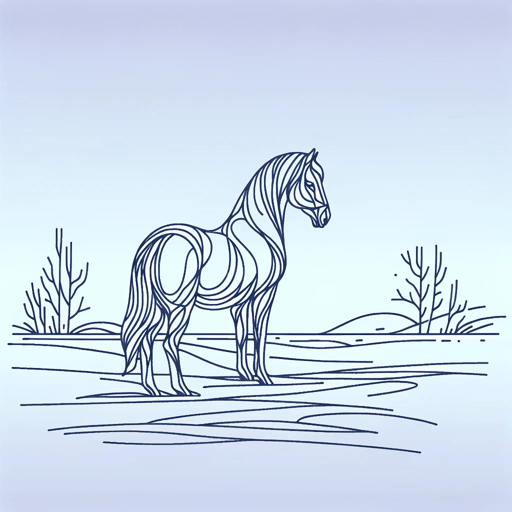17 pages • 34 minutes read
Robert FrostStopping By Woods On A Snowy Evening
Fiction | Poem | Adult | Published in 1923A modern alternative to SparkNotes and CliffsNotes, SuperSummary offers high-quality Study Guides with detailed chapter summaries and analysis of major themes, characters, and more.
Poem Analysis
Analysis: “Stopping by Woods on a Snowy Evening”
The poem opens with a single end-stopped line, or a complete, fully punctuated thought that stands alone. The first line immediately makes effective use of alliteration, a device that will continue throughout the poem. The first line is composed of one-syllable words that work to highlight the iambic rhythm—an unstressed syllable followed by a stressed one. In fact, all the opening language is simplistic and accessible. The only words in the first stanza that are longer than one syllable are “village” (Line 2) and “stopping” (Line 3).
In contrast to the stillness that forms the heart of the poem, the first stanza implies motion. The phrase “I think I know” (Line 1) gives a sense of looking around and taking stock of a new environment, suggesting the speaker just arrived. The word “stopping” (Line 3), also, is a transition between movement and stasis. As the first stanza arrives at its final line, “To watch his woods fill up with snow” (Line 4), a shift has taken place and the speaker has gone from looking forward to immersing themself in the present moment.
The second and third stanzas introduce the poem’s other character: the speaker’s horse.
Related Titles
By Robert Frost
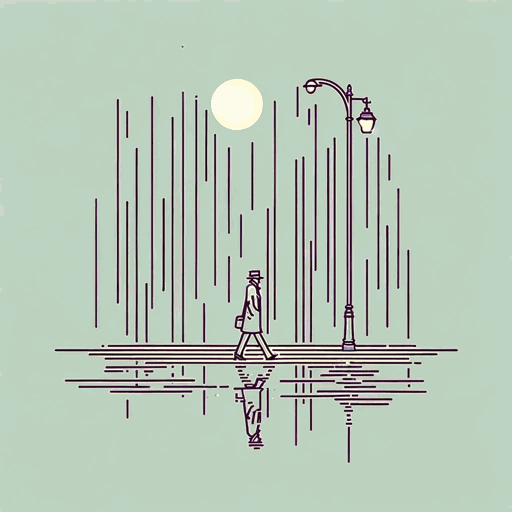
Acquainted with the Night
Robert Frost
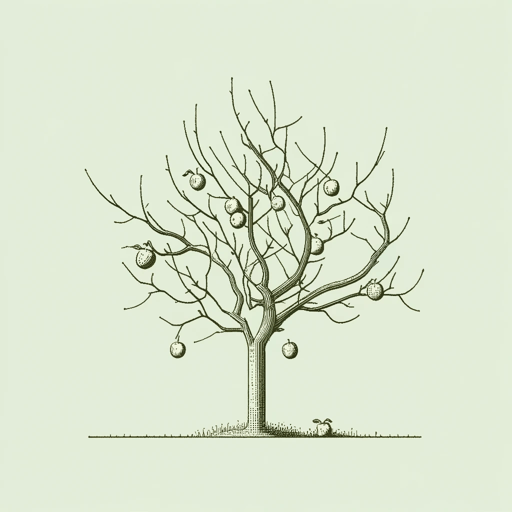
After Apple-Picking
Robert Frost

A Time To Talk
Robert Frost

Birches
Robert Frost

Fire and Ice
Robert Frost

Mending Wall
Robert Frost

Nothing Gold Can Stay
Robert Frost

October
Robert Frost

Once by the Pacific
Robert Frost

Out, Out—
Robert Frost

Putting in the Seed
Robert Frost
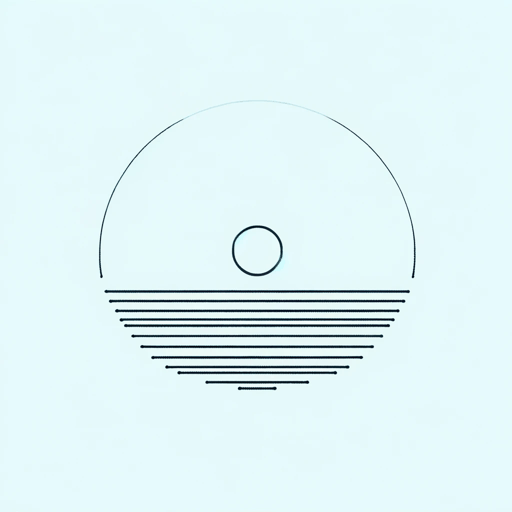
The Death of the Hired Man
Robert Frost

The Gift Outright
Robert Frost
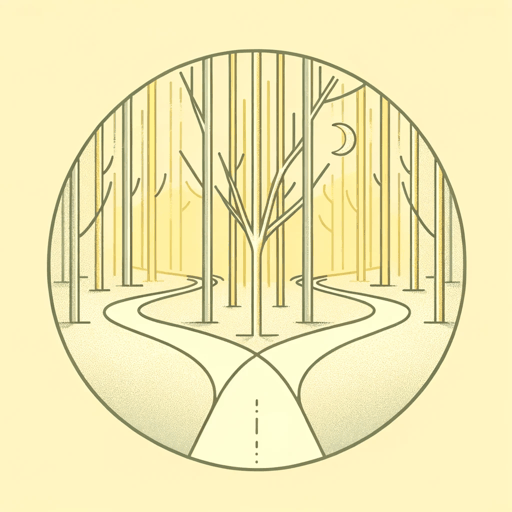
The Road Not Taken
Robert Frost

West-Running Brook
Robert Frost
